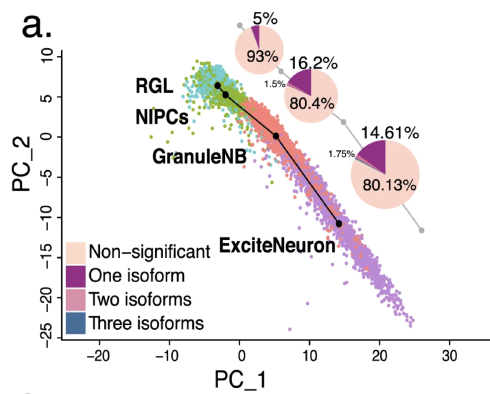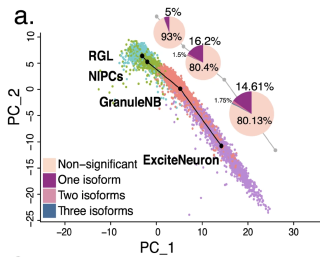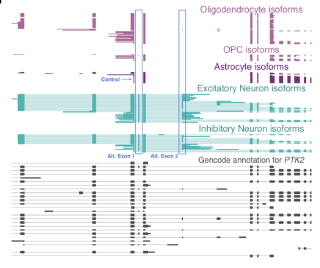About

I am a computational biologist at Immunai, where I work as part of the the deep analytics team to understand human immune response using a wealth of single-cell omics data.
Previously, I did my undergraduate degree at the Ohio State University, where I obtained my B.S. in Applied Mathematics and B.A. in English. During my undergrad I dabbled in two main research projects, the first involving biophysical modeling of ischemic stroke, and the second involving statistical method development for outlier detection in cancer RNA-Seq data. Subsequently, I decided to pursue a PhD in the Tri-Institutional Computational Biology and Medicine program at Weill Cornell Medicine where I worked in the Tilgner lab. During my time there I focused on technology and algorithm development for studying alternative splicing in the brain at the single cell/single-nucleus level. I then did a short postdoc in the New York Genome Center (NYGC) and Columbia University DBMI where I develope algorithms to study how the 3D structure of the genome impacts nuclear splicing in different cell types.
While my interest in the omics has persisted, I have realized over time that there are different ways of tackling questions related to the structural and molecular aspects of function. Long term, I want to use the skills and intuition I develop to contribute to understand how the human immune system works and contribute to translational medicine.
In general, I get very excited when people push the boundaries of what is known in science, particularly when a clever new technology is involved. Outside of science, I enjoy theater and all things literary, and occasionally indulge in the circus arts.
Interests:
- Computational biology
- Algorithm development
- Alternative splicing
- Neuroscience
- Epigenetics
- Single-cell omics
- Long-read sequencing



